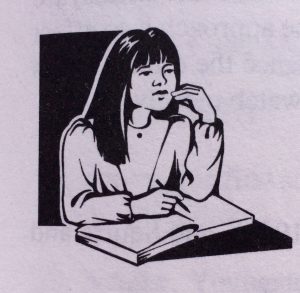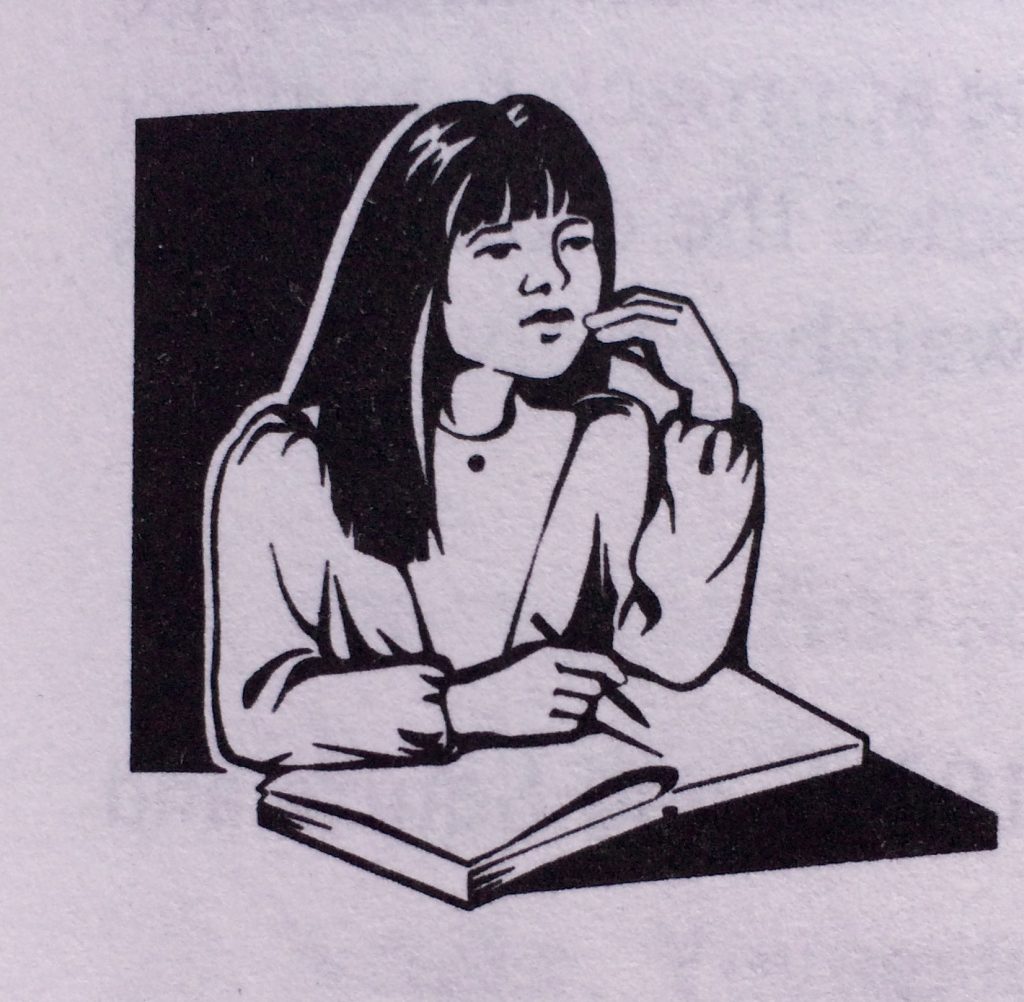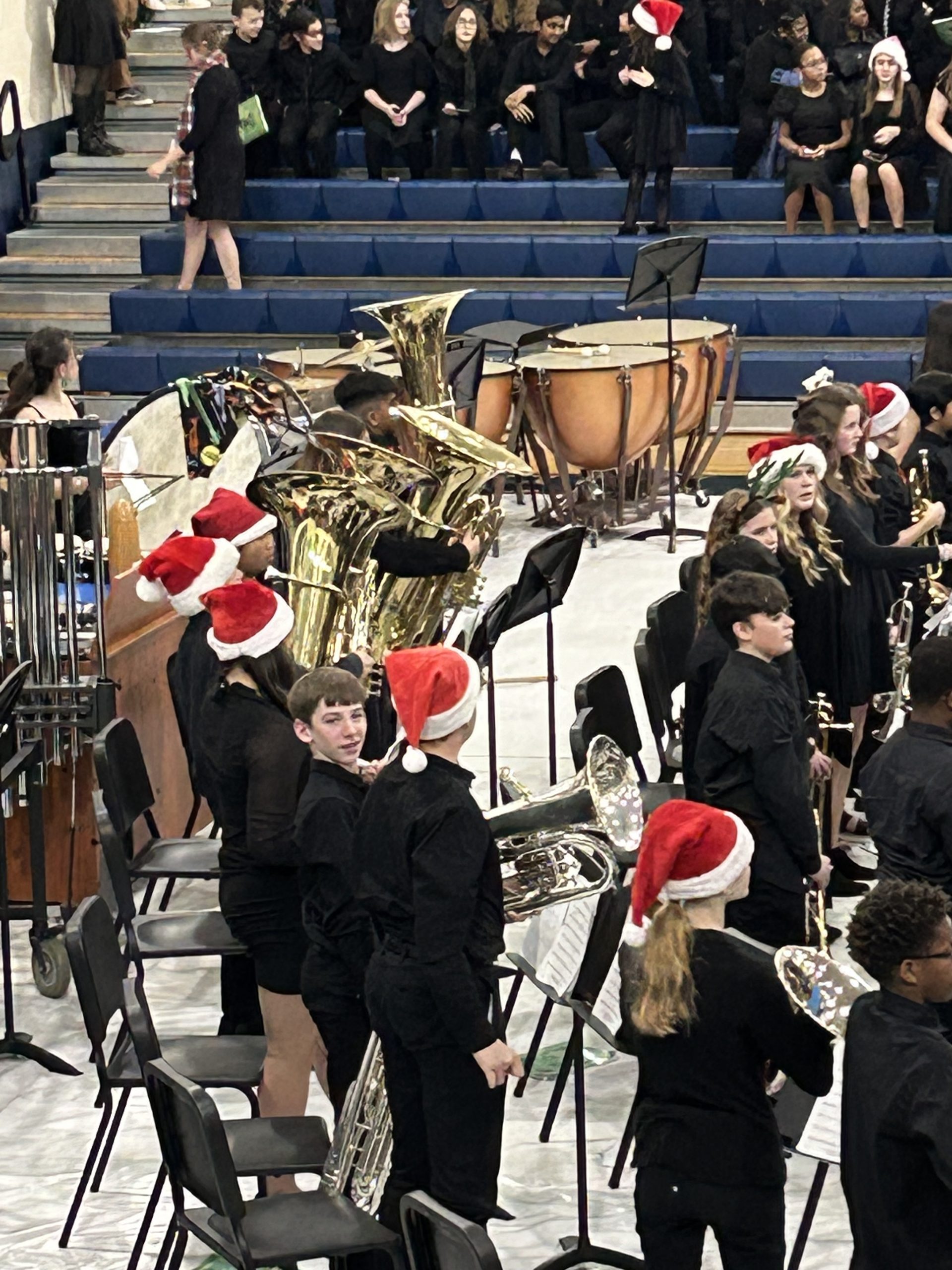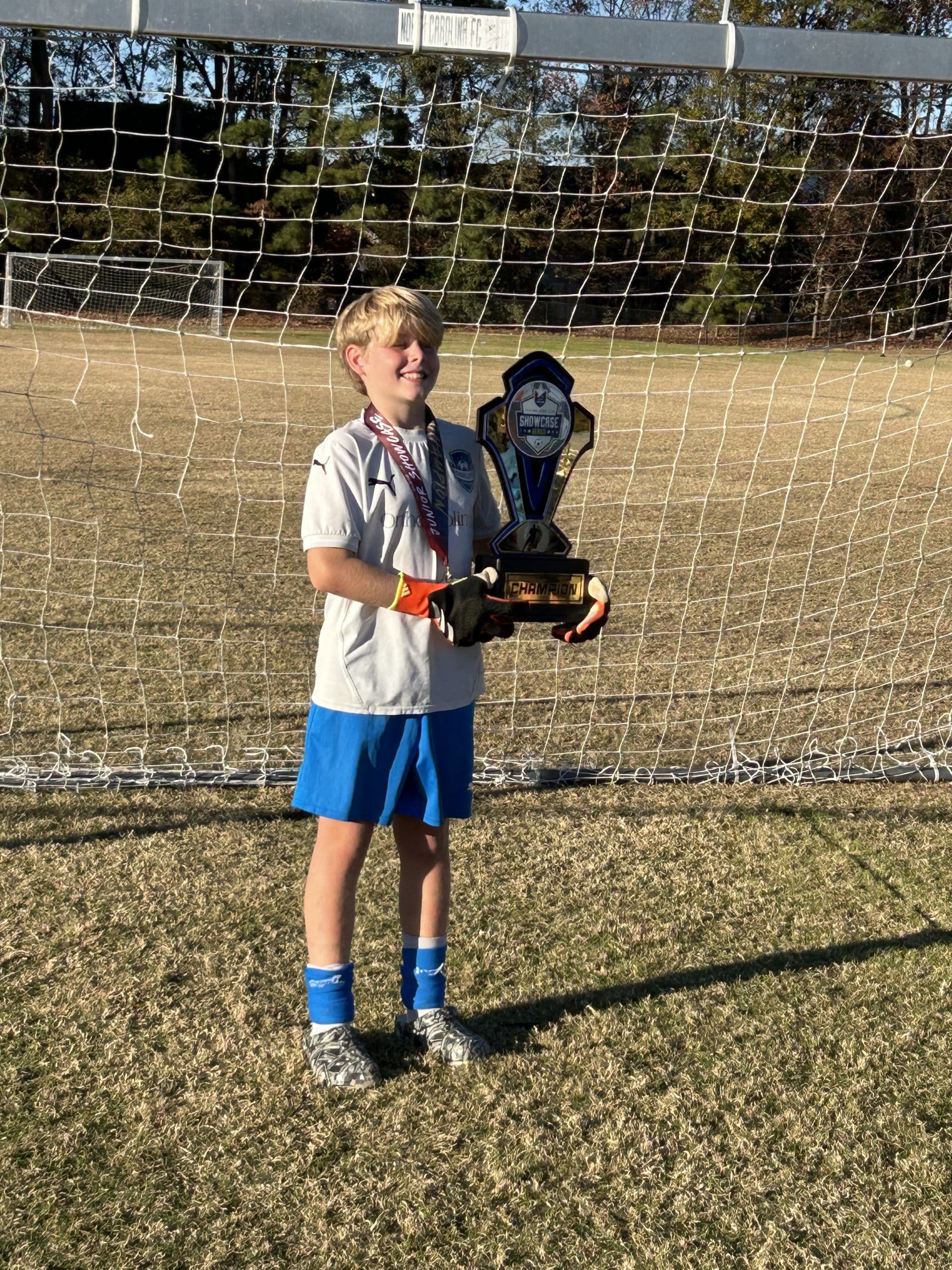As educators and parents, we need to address the learning of our bright students. How do we teach them new content? What strategies are needed to keep them interested in learning?

How The Brain Learns – David A. Sousa
When we as parents and educators feel that waiting for the other students to learn a concept won’t hurt our bright students, we are misinformed. While waiting for other students, our bright students do not learn to enjoy challenge. Thus, harming their chances to reach their full potential.
The first thing that must be done is to recognize the individual student’s potential. This is not displayed by a student’s eagerness to answer questions in class. Helping students to foster and explore their academic gift early on makes students resilient and able to move to difficult tasks in learning.
No matter the gift or talent, bright students require more exposure to academics, creativity, music, dance and art. In teaching bright students, we must explore many strategies.
• They need to build leadership skills. Their curriculum must have an environment that includes stimulating activities. It must address their cognitive, physical, emotional, and social needs.
• Students must be able to move at their own pace, rate, and depth.
• Their curriculum must be flexible. Students need to take advantage of real-life experiences to master problem solving skills.
• Engage bright students in the decision-making process. This provides them with the responsibility for their own learning.
• Expect bright student to do their best and advance quickly.
• Require them to work with one another and to participate as a team.
• Have bright students participate in debates on current issues.
• Provide multi-level interaction. Gifted/bright students need to collaborate with other teachers and students in other grade levels.
• Encourage participation in extracurricular activities that involve academics.
• Set individual goals that are specific, measureable, aggressive, and realistic.
• Have resources readily available for reference.
• Learning centers that contain critical thinking and writing activities are an important part of the classroom.
• An area in the classroom for listening to a story or silent reading is important to the highly motivated reader.
What bright students do not need.
The bright student does not need more of the same. He/she also does not need a problem that is different than other students but just as easy. They need complexity. Bright students do not need to be the teacher’s helper by correcting papers, doing bulletin boards, or cleaning white boards. They should not be a tutor for struggling students.
Gifted, talented, and/or bright students need their particular gift/talent identified. Then it must be recognized, accepted, and utilized. A keen eye from the educator or the parent should notice the child’s potential as it is demonstrated. We must engage our bright students at different and various levels according their needs. Push the bright student to a higher personal standard rather than giving him/her more work.
Next week’s blog will focus on the characteristics of the bright, talented, and/or gifted child.
![]()



